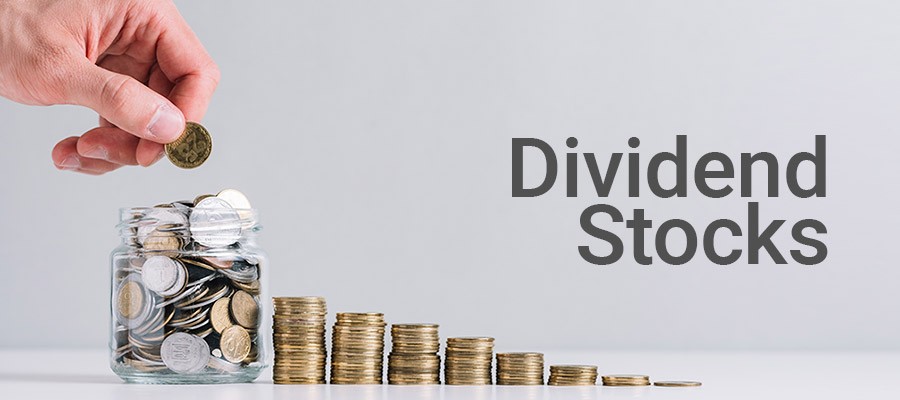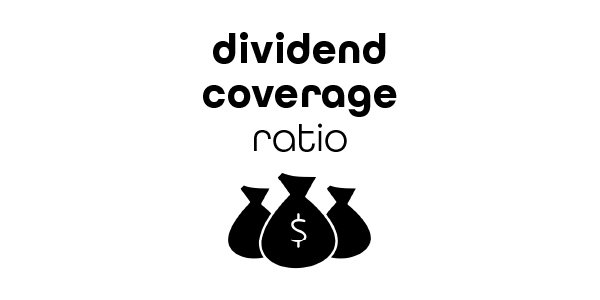Dividend asset ratios are used by analysts and traders to figure out how much a company might pay out in dividends in the future. Dividend payouts depend on a lot of things, like a company's cash flow, level of debt, strategic plans, earnings and the money it needs to carry them out, its history of dividend payouts, and its dividend policy. When a company has grown and is no longer growing, it may decide to give its shareholders dividends. A dividend is a cash payment made to shareholders by a company's board of directors. It comes from the money the company makes. Stock or other assets can also be given out as dividends. Most of the time, dividend rates are given in dollars per share or as a percentage of the stock's current market price per share. Let us have a look at the best 4 ratios to evaluate dividend stocks.
Learning Dividend Stock Ratios

Some stocks have higher yields, which could be a big draw for investors who want to make money. Under normal market conditions, a high-yielding stock is one with a dividend yield that is higher than the 10-year United States Capital yield. As of June 5, 2020, the yield on a 10-year United States Capital was 0.91 percent. So, a high-yielding stock was any company whose dividend yield for the last 12 months or the next 12 months was more than 0.91 percent.
But investors should check to see if the dividends can be paid out for a long time before buying stocks with high dividend yields. Investors who want stocks that pay dividends should look at the dividend payout ratio, the dividend coverage ratio, the free cash flow to equity ratio, and the net debt to EBITDA (Earnings before Interest, Taxes, and Depreciation) and amortization ratio to figure out how good the dividends are.
Dividend Payout Ratio
To figure out the dividend payout ratio, divide the annual dividends per share by the earnings, or divide the total dividends by the net income. The dividend payout ratio shows how much of a company's annual earnings per share are paid out as cash dividends per share. You can also think of cash dividends per share as the amount of a company's net income paid out as cash dividends. Most of the time, a company that gives out less than half of its profits as dividends is considered stable and have the potential to grow its profits over time.
Dividend Coverage Ratio

Divide a company's annual EPS by its annual DPS, or divide its net income minus the required dividend payments to preferred shareholders by its dividends to common stockholders. This gives you the dividend coverage ratio. The dividend coverage ratio shows how often a company's net income over a specific period could be used to pay dividends to its common shareholders. Most of the time, it is better to have a higher dividend coverage ratio. Investors can evaluate dividend stocks by using the dividend payout ratio and the dividend coverage ratio, but they should also look at the FCFE (Free Cash Flow to Equity).
Free Cash Flow to Equity
After all costs and debts are paid, the FCFE (Free Cash Flow to Equity) ratio shows how much cash could be given to shareholders. To figure out the FCFE (Free Cash Flow to Equity), you take the net income and subtract the net capital spending, debt repayment, and change in net working capital. Then you add net debt. Investors usually want to see that all of a company's dividends are paid.
Net Debt to EBITDA Ratio
Find a company's net debt by dividing its total liabilities minus its cash and cash equivalents by its EBITDA (Earnings before Interest, Taxes, and Depreciation). The ratio of a company's net debt to its EBITDA shows how leveraged it is and how well it can pay its debts. Most of the time, a better choice is a company with a lower ratio than the average in its industry or compared to similar companies. If a dividend-paying company has a high net debt to EBITDA ratio going up over time, the company may cut its dividend in the future.
Considerations for Dividend Ratios
Each ratio tells you something important about how likely a stock is to pay dividends. But investors who want to evaluate dividend stocks shouldn't use just one ratio because there could be other signs that the company might cut its dividend. Investors should use a mix of ratios, like the ones above, to get a better idea of how dividend stocks are doing.




